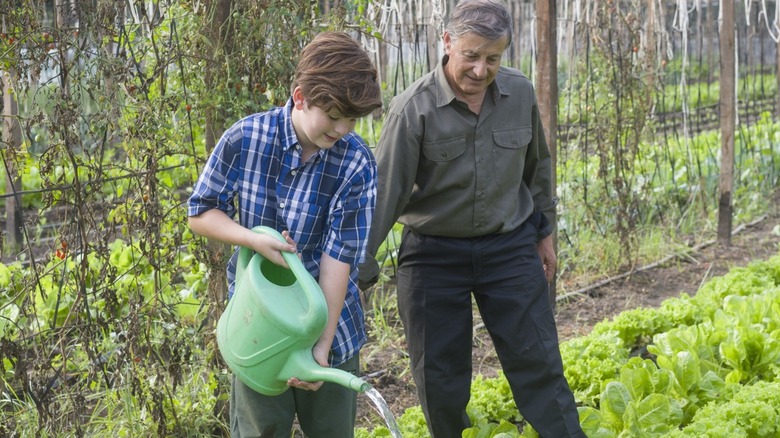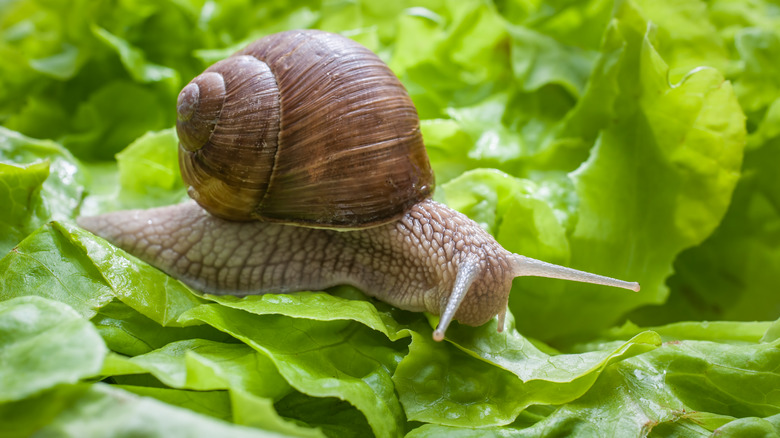With organic gardening trending wildly, it’s no wonder people everywhere are talking about the use of Epsom salt to help fertilize their plants. Lettuce is one of the vegetables that can truly benefit from using Epsom salt, but it’s not the only one. If you’ve heard a little bit about this but aren’t quite sold on trying it yet, this article is for you! Today, we’re talking about how and why to use Epsom salt in your lettuce garden, and you can thank us later (wink-wink).
Epsom salt is composed of magnesium sulfate, which is a naturally occurring mineral that plants benefit from. While magnesium helps your plants absorb other nutrients more efficiently, sulfate helps them absorb water more easily. The magnesium additionally helps lettuce grow lusher and greener by assisting in chlorophyll production. Epsom salt can even assist in controlling certain pests and diseases and can be used in a myriad of ways in any lettuce garden to ensure plants thrive and stay healthy and green.
How to use Epsom salt in your lettuce garden

If you want to use Epsom salt in your garden, including your lettuce garden or any other organic garden, there are several ways to do it. You can dissolve it in water and use it to water the plants, put it directly into the hole when planting seeds, sprinkle it on the soil around the base of the plants, add it to your compost to boost nutrients, sprinkle it around the perimeter to deter certain pests, or make a solution of Epsom salt and water and spray the foliage with it to help control unwanted critters.
There are different opinions about how much and how often to use Epsom salt. The general rule of thumb is to use 1 tablespoon of Epsom salt to 1 gallon of water if you want to water your plants with it and apply it once or twice a month. For a new garden, sprinkle one cup of Epsom salt over the soil for every 100 square feet and mix it in just before planting. To make a foliar spray for pest control, use 2 tablespoons of Epsom salt per gallon of water in a spray can and apply it once a month.
How does Epsom salt benefit lettuce?

Let’s talk about benefits, as that’s the bottom line, right? In addition to the ones we’ve already discussed, Epsom salt provides a boost to seeds and seedlings by strengthening the cell walls during seed germination and new growth. It also enhances the vibrancy of foliage, which is particularly important for lettuce. When transplanting plants, it can significantly reduce transplant shock by aiding in photosynthesis.
As previously mentioned, Epsom salt helps plants absorb other nutrients such as nitrogen and phosphorus, and acts as an excellent natural fertilizer. It also deters pests, such as slugs and snails, when it’s sprinkled around the edges of your garden. Additionally, it can help deter rabbits, woodchucks, and squirrels. Epsom salt is even believed to enhance the taste of lettuce and other vegetables. So why not try using Epsom salt in your lettuce garden? You’ll be glad you did!



